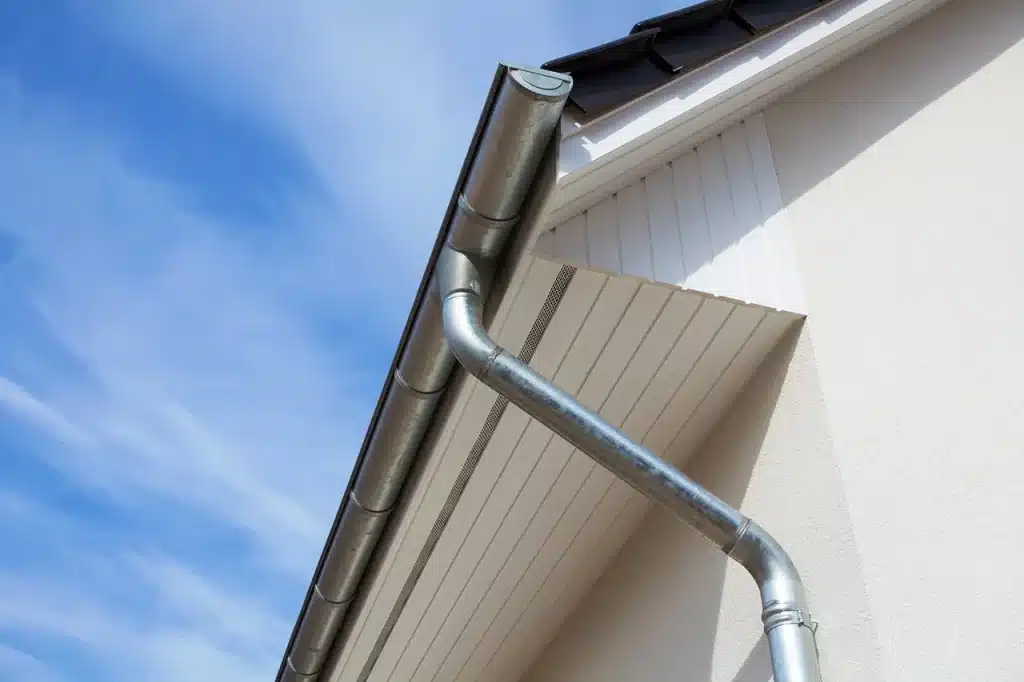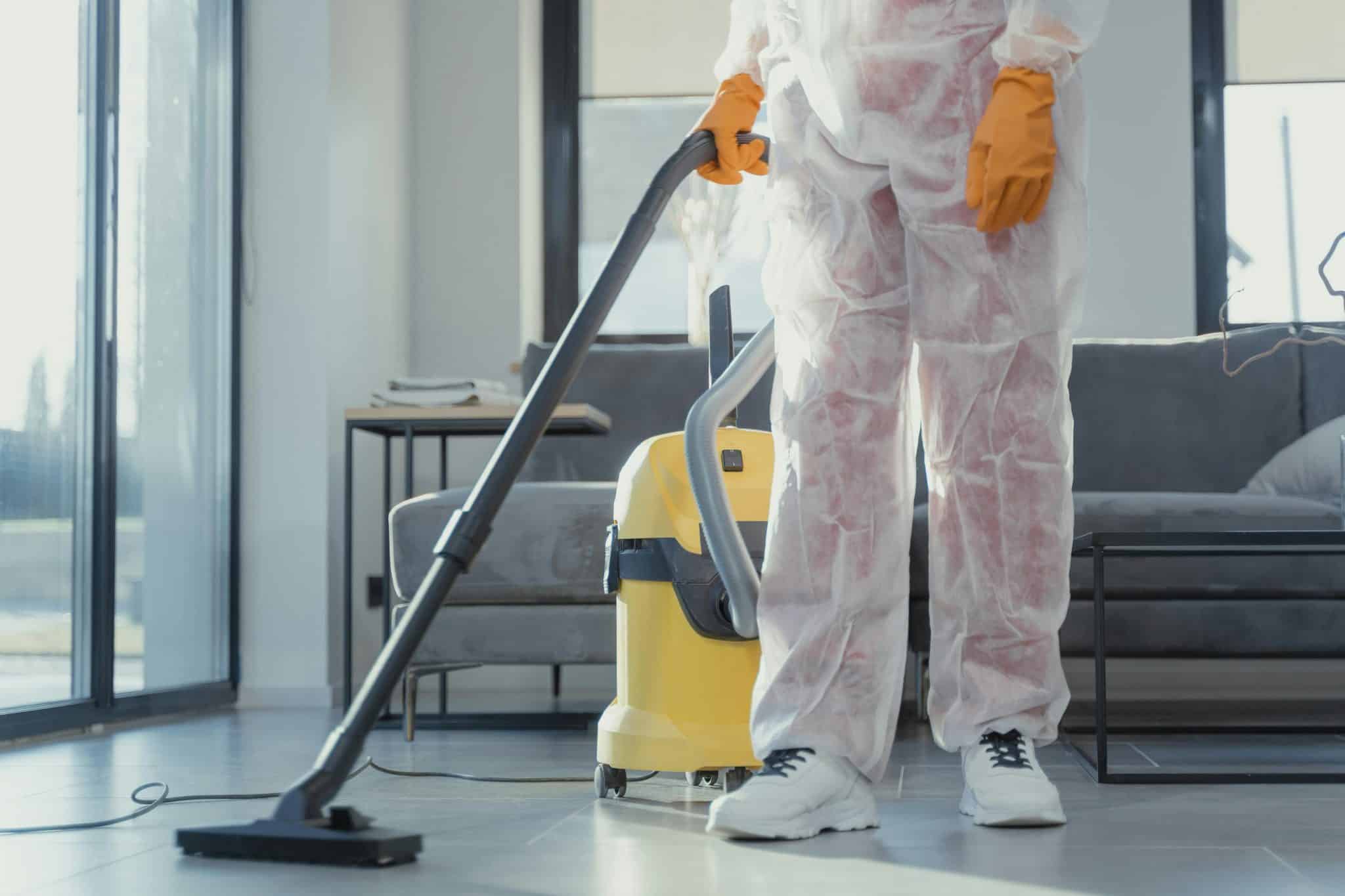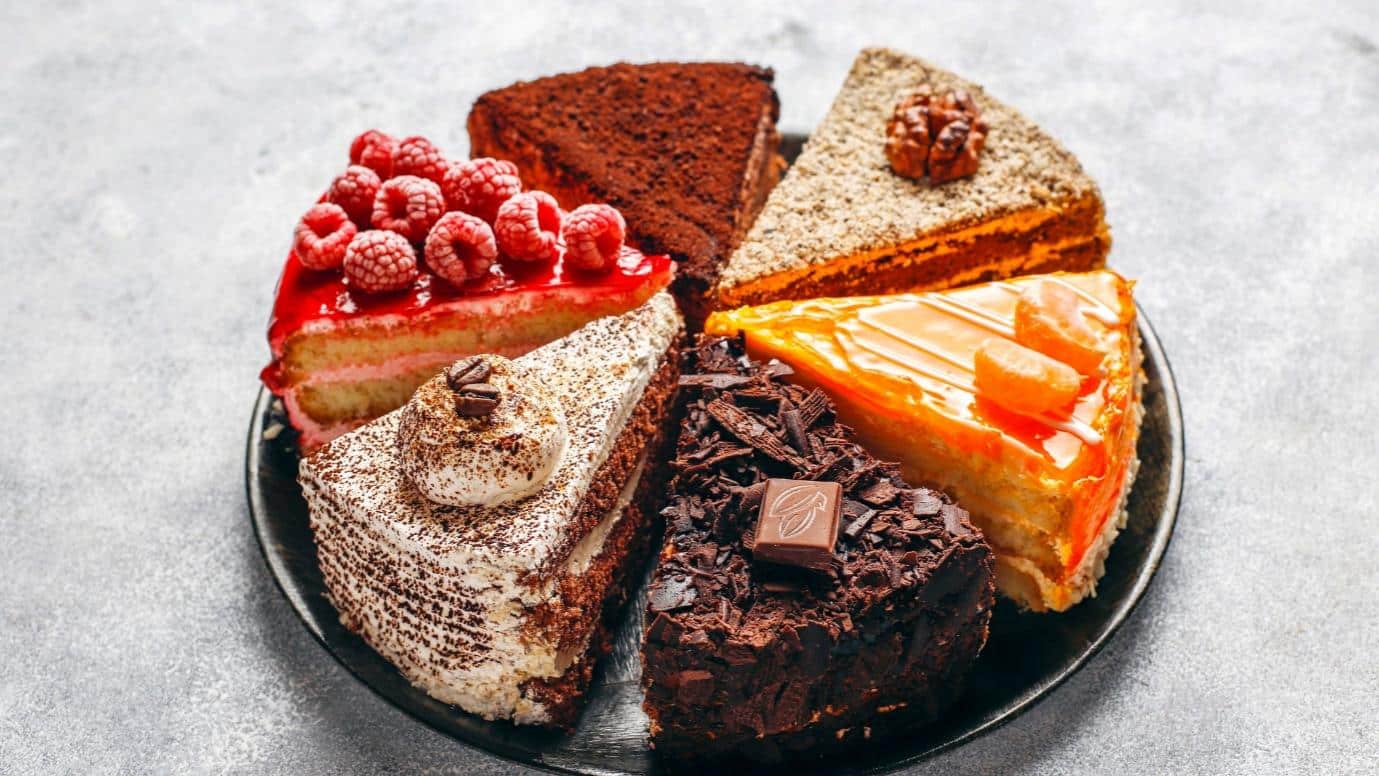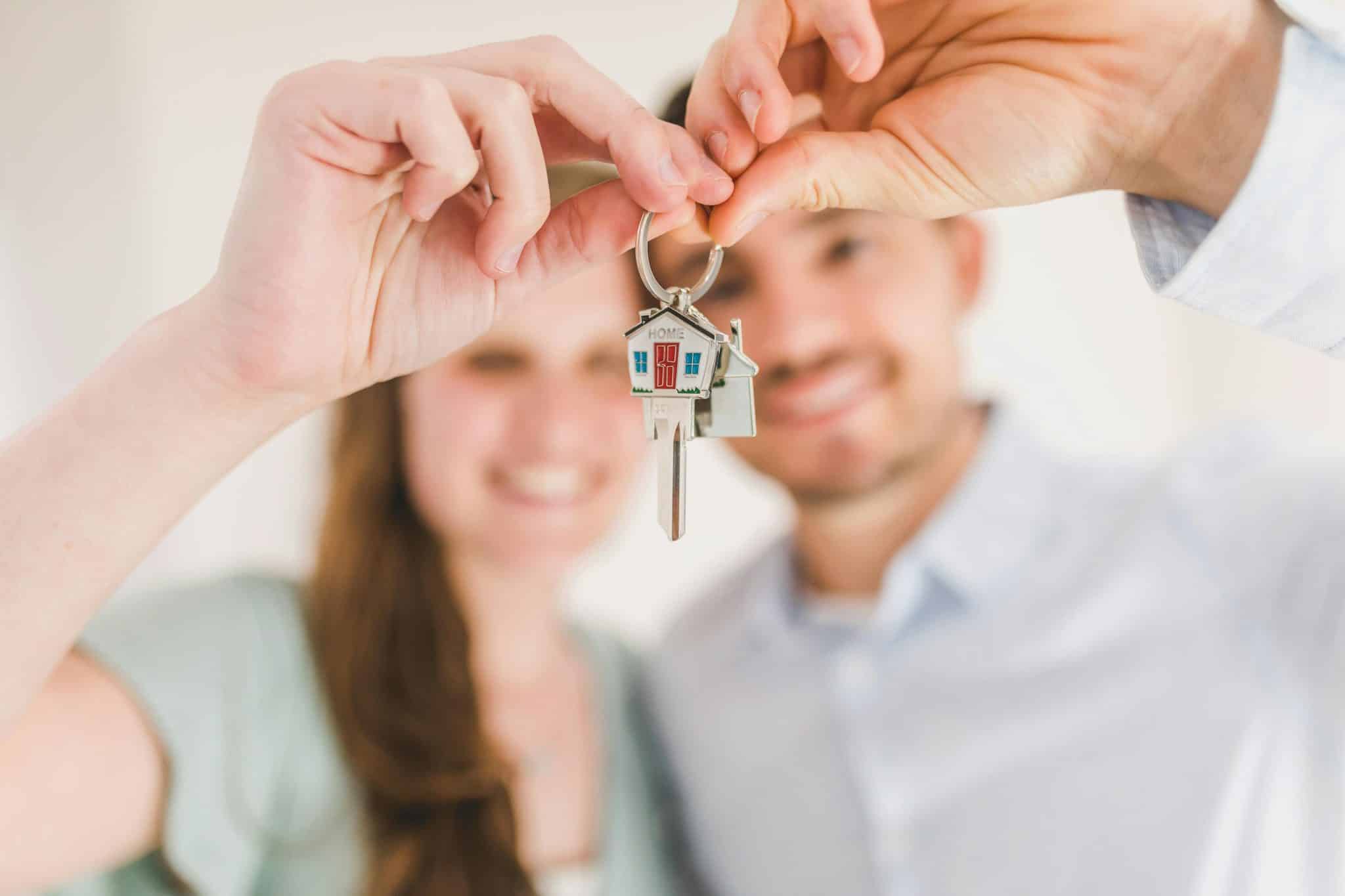Have you ever noticed the part of a house that sticks out just below the roof? Well, that’s what we’re going to explore today! Eaves of a house are like hats for our homes. They extend from the roof and provide shade and cover from rain and sunlight.
They create a shelter around our houses and play a crucial role in protecting our homes and making them look inviting. But there’s more to house eaves than just providing shade and shelter.
House eaves also contribute to the beauty of our homes. When the sun shines on a house, these eaves create lovely shadows, adding style and personality to the building. Next time you pass by a house, take a moment to admire those clever house eaves.
However, protecting us from the weather to adding a touch of style, the Eaves of a house is an essential part of what makes our homes so wonderful.
What is Roof Eaves?
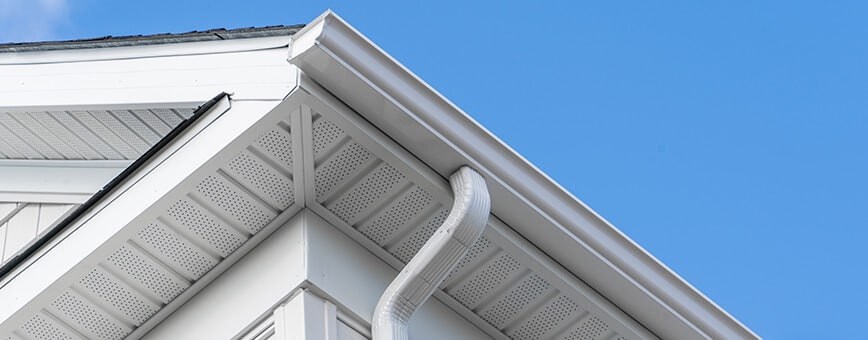
House eaves are the edges of a roof that hang over the walls of a building. They are essential because they protect the house and its occupants from the weather. This helps stop water from running down the walls and keeps the foundation safe from erosion. Eaves of a house also help with ventilation, allowing fresh air to flow under the roof. This helps to control the indoor temperature and prevents too much moisture from building up.
Plus, they provide shade, which is great for staying cool in hot weather and having a nice outdoor area. Keep your eaves watertight and protected from the elements with reliable sealant. Moreover, eaves give a house its unique style and make it more appealing from the outside. They can be designed in different ways and made from various materials. Some are simple and plain, while others have decorative details. However, even though eaves are useful, they need regular care.
What is the Purpose of Eaves?
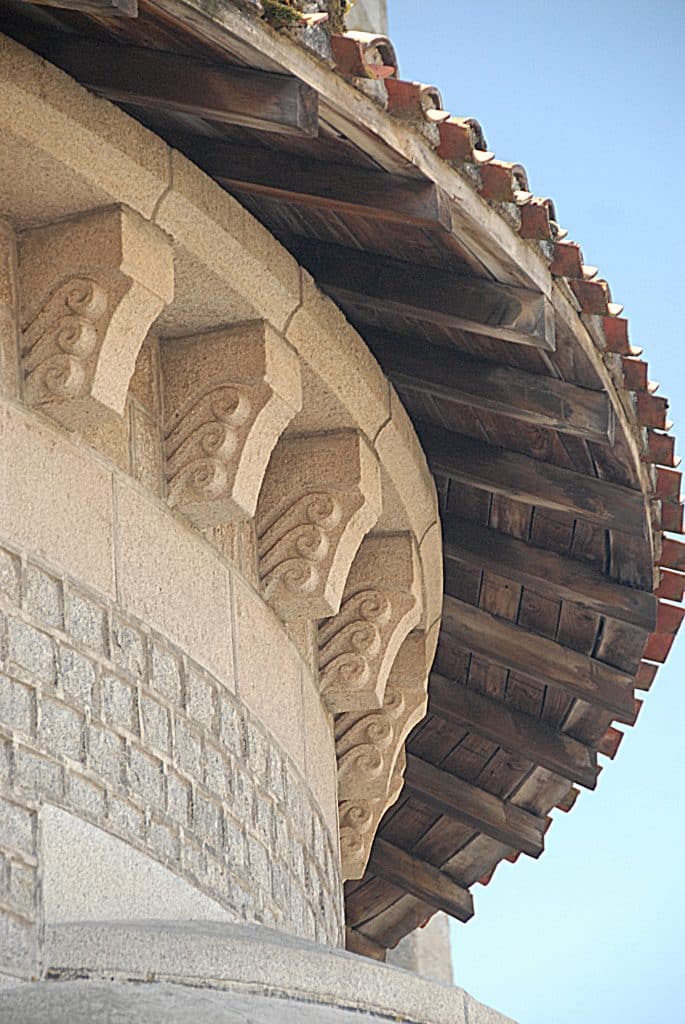
1. Improving Shade and Energy-Efficient Solutions
Eaves are extensions attached to the roof of buildings that help to keep them cool and energy-efficient. During hot seasons, they block direct sunlight from entering the interior, reducing the need for excessive air conditioning. This not only saves energy but also lowers utility bills. Eaves of a house also protect windows and walls from rain, preventing water damage and extending the life of the building.
2. Secure Foundation and Exterior Walls
Eaves of a house play a crucial role in safeguarding the foundation and exterior walls of a building from water damage. They act as a barrier, preventing rainwater from running down the walls and seeping into the foundation, which could lead to structural issues. Use Downspout extensions to help direct rainwater away from the foundation, protecting it from potential water damage. By keeping the walls dry, eaves contribute to the building’s stability and longevity.
3. Manage Wind Forces
Eaves are designed to manage the impact of strong winds on buildings. They can deflect and disperse wind forces, reducing stress on the walls and roof. This helps prevent wind-induced damage and makes the building more strong. By providing this protection, the eaves of a house ensure the safety of the user and maintain the building’s strength.
4. Allow Space for Guttering
Eaves of the house create a perfect space for installing gutter systems. Gutters can be attached along the roofline to collect and redirect rainwater away from the building’s foundation. This prevents water from pooling near the base of the structure, reducing the risk of foundation problems, erosion, and flooding. With gutters in place, eaves help manage rainwater effectively, protecting the building’s integrity and the surrounding landscape.
Different Types of Eaves
1. Open Eaves
Open eaves are a type of architectural feature where the roof overhang extends beyond the building’s outer walls, leaving the underside of the eaves of a house uncovered. This gives a fresh and open look, allowing air to circulate freely, which is great for hot climates. Installing a retractable awning above the areas with open eaves can provide on-demand protection from rain and excessive sunlight. The design also adds style to the building’s exterior. However, because the eaves are not enclosed, they don’t provide much protection from rain or harsh weather.
2. Curved Eaves
Curved houses have a gracefully rounded or semi-circular shape. They add a soft and artistic touch to a building, making it look unique and attractive. Depending on the design, the curve can be subtle or more pronounced. Apart from looking good, curved eaves also help direct rainwater away efficiently, protecting the building’s foundation from potential damage.
3. Closed Eaves
Closed eaves of a house are like boxed-in eaves, but they use solid materials like wood, metal, or composite panels to completely cover the area. This choice gives the building a seamless and modern look. With a fully enclosed space, closed eaves offer maximum protection against the elements, including wind, rain, and pests. Make the most of your outdoor area without annoying bugs by using insect repellents. Find ones that are safe for the environment and work well against mosquitoes and other bugs.
4. Exposed Eaves
The exposed eaves of a house display the roof overhang without additional coverings. This design highlights the beauty of the roof’s structure and materials, often showing decorative elements like rafters or beams. Exposed eaves can give a building a pleasant or traditional glamour, especially in styles like Craftsman or Cottage. While they may not offer as much weather protection as boxed-in or closed eaves, they have an impactful appearance and are favored for their natural and authentic fascination.
Benefits of Roof Eaves

In addition to water and shade control for your home, eaves offer the following benefits:
1. Keeping Entrances Dry and Comfortable
Eaves are great because they provide a protective roof over entrances. They are like extended edges of the roof that hang beyond the walls of a building. When it rains, the water slides off the roof’s edge, away from the entrance, so it stays dry inside. Extend the lifespan of your eaves and keep them functioning easily by applying a water-repellent spray. Eaves of a house also make a covered area where people can stay dry when it’s raining or wait comfortably before going inside. Plus, they make the inside of the building cooler during hot weather, so it’s more comfortable without needing lots of air conditioning.
2. Protecting from The Sun’s Harmful Rays
Eaves are essential for protecting us from the sun’s harmful UV rays. They create shade along the walls of a building, reducing the amount of direct sunlight that hits the walls, windows, and doors. This helps to keep the building materials safe so they don’t fade, discolor, or get damaged too quickly. Eaves of a house also make sure less sunlight gets inside, which helps keep the indoor temperature comfortable and reduces the need for cooling systems, saving energy and money.
3. Controlling Strong Winds
Eaves of a house are excellent at controlling the wind around a building. The extended edges of the roof act as a barrier, directing the wind upward and over the walls when it’s windy. This protects the walls from getting damaged by the strong wind and flying debris. Install roof ventilators that activate based on wind speed to improve airflow and reduce pressure on the roof during storms, promoting energy capability. It also helps to reduce drafts inside the building and keeps the indoor temperature cozy and energy-efficient. So, eaves are fantastic for places that often experience storms or hurricanes.
4. Safeguarding the Building’s Siding
Eaves provide an extra layer of protection for the outside walls of a building. The siding, which is the material covering the walls, can be shielded from rain, snow, and other elements by the overhang of eaves. This protection helps the siding last longer, as it prevents issues like rot, mold, and decay caused by too much moisture. Eaves also keep the siding safe from wind-blown debris that could otherwise damage it. This not only makes the building look better but also saves money on siding maintenance and replacement in the long term. Keep your eaves safe from moisture damage by installing gutter guards. They’ll stop clogs and help rainwater flow away smoothly. It’s an easy way to protect your siding.
Downsides of Roof Eaves
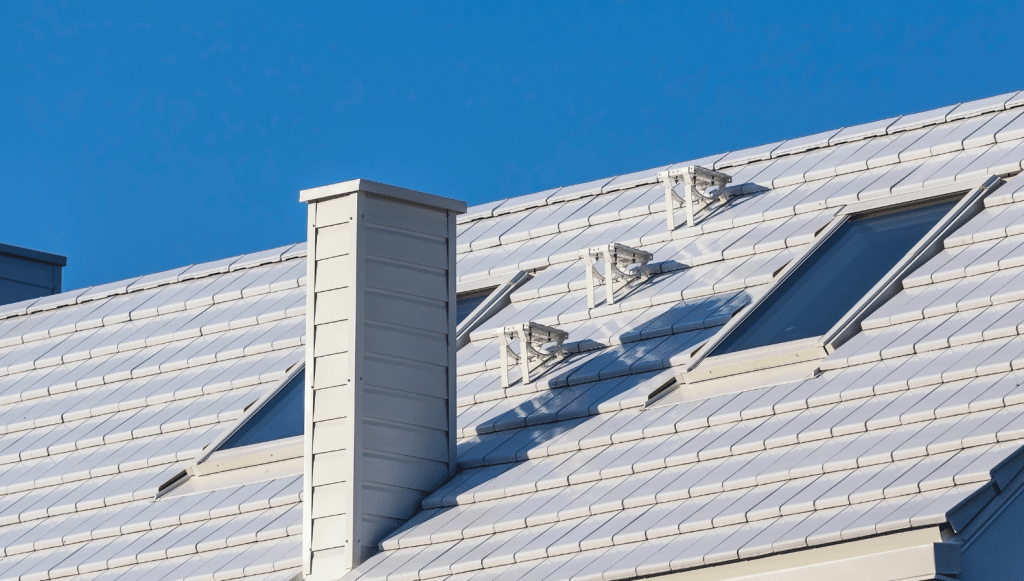
1. Pests Infestations
The eaves of a house are great for shade and protection, but they can also attract pests. The cozy space in the eaves becomes a home for insects and small animals like rodents. Ants, wasps, and birds are common pests that might move in, causing trouble. These pests can damage the eaves and even get inside the house, making things difficult and harmful for homeowners. To avoid this, it’s important to check and take care of the eaves regularly.
2. Reduced Outdoor Space
Eaves of a house are practical, but they can reduce the usable outdoor space around the house. The extended roofline means less direct sunlight reaches the area under the eaves, making it less suitable for certain outdoor activities like setting up potted plants. The shaded area might also stay damp for longer, leading to moss or algae growth on walkways and patios. Homeowners should plan their outdoor activities and landscaping around the eaves carefully to make the most of their outdoor space.
Tips and Advice on Eaves Maintainance

1. Maintain Gutter Cleanliness
It’s important to clean your gutters to take care of your roof regularly. When leaves, dirt, or debris clog the gutters, water can’t flow properly, which may cause damage to your roof and eaves. To avoid this, check your gutters every few months and remove any buildup. Cleaning them with a ladder, gloves, and a scoop is easy and will save you from expensive repairs later on.
2. Deal with Issues as they Come Up
Don’t wait if you notice issues with your eaves, like loose shingles, rotting wood, or pests making nests. Take action immediately to prevent more damage. Regularly inspect the eaves of the house, and if you find any problems, fix them promptly. Simple repairs can work, but for major damage, hire a professional to ensure a good and safe repair.
3. Use Decoy Nests to Discourage Wasps
Wasps can be a bother and a safety risk when they build nests around the eaves of your house. Use decoy wasp nests to keep them away in an eco-friendly way. Hang up fake nests that look real, fooling the wasps into thinking the area is already taken. You can find these decoy nests at garden centers or online, and they’re a chemical-free solution to keep wasps at a distance.
4. Check Your Eaves Often
Regular inspections are essential to catch problems early. Schedule an inspection every few months to spot any signs of damage. Look for loose or missing shingles, cracks, or rotting wood. By finding problems early, you can stop them from getting worse and keep the eaves of a house in good shape.
5. Maintain Painted Fascia and Soffits
Take care of your home’s appearance and protect the eaves of your house and roof by maintaining the painted fascia and soffits. Check these surfaces regularly for peeling or chipping paint. If you find any issues, clean the area, sand it down, and apply a fresh coat of paint. This simple maintenance will make your eaves last longer and look well cared for.
Summing It Up
All in all, the eaves of a house are like the cool cap that sits on top of your home, shielding it from rain, sun, and even birds who want to redecorate! These nifty little stand out do more than just keep your house dry. They add a bit of style, making your home look more attractive!
Not only that, but eaves also shield us from the hot sun. They act like hats, giving shade to the walls and windows. This keeps our homes cooler even on hot days. Besides their practical benefits, eaves add charm to our houses. Architects and designers use the eaves of a house to create different styles and make homes look more attractive.
So, next time you see a house, take a moment to appreciate its eaves. They might seem simple, but they play a huge role in keeping us dry and safe and making our living spaces comfortable and beautiful – rain or shine!
Frequently Asked Questions
How House Eaves Protect Buildings from The Sun?
Eaves of a house act like a natural shade, blocking the sun from coming in through the windows and hitting the walls at certain times of the day. This keeps the inside of the building cooler, so we don’t need to use the air conditioner as much, saving energy.
Do All Houses Have Eaves?
No, not all houses have eaves. Some modern house designs may skip having eaves to look more minimal or contemporary. Also, places with dry climates and less rain might not have eaves as much.
What is the Average Life Span of Roof Eaves?
Roof eaves are a part of your entire roof system. Roofs typically have an average life span of 20 to 30 years, but their life span depends on various factors.



